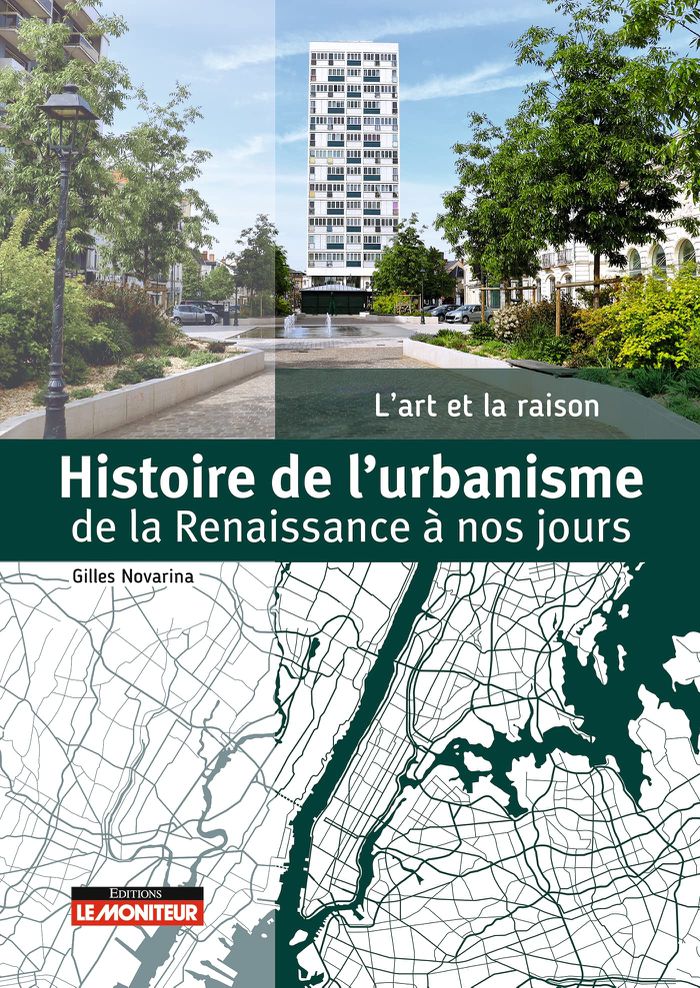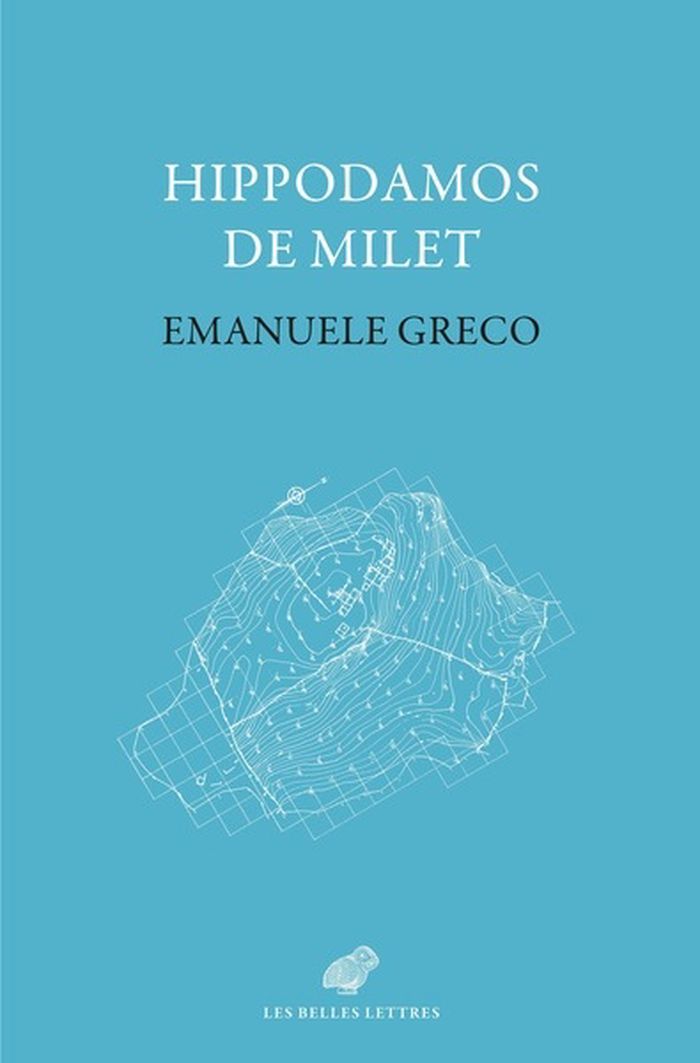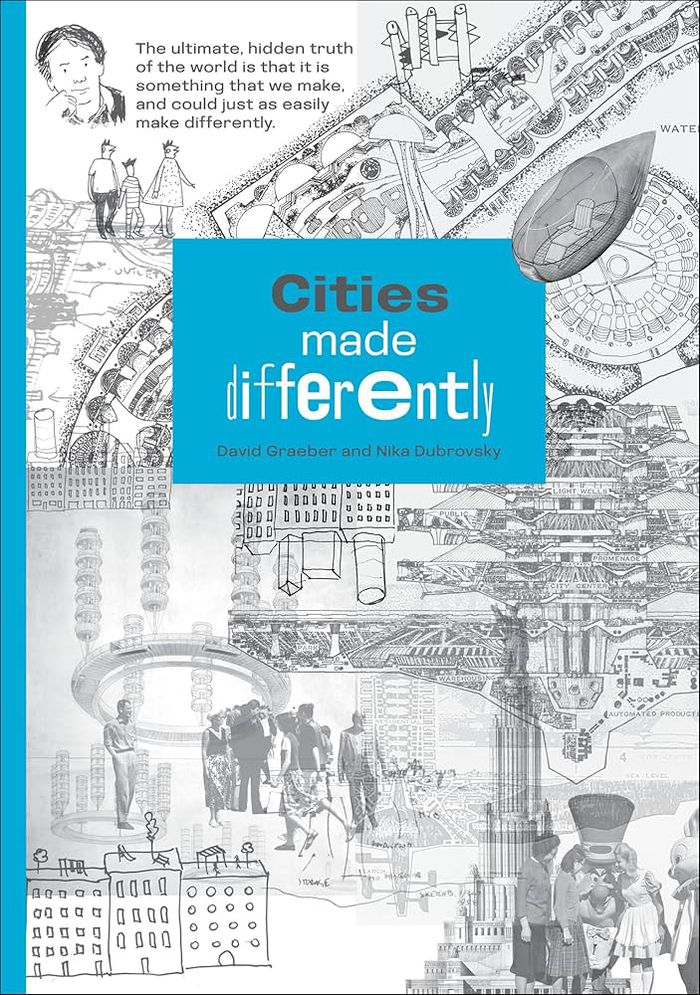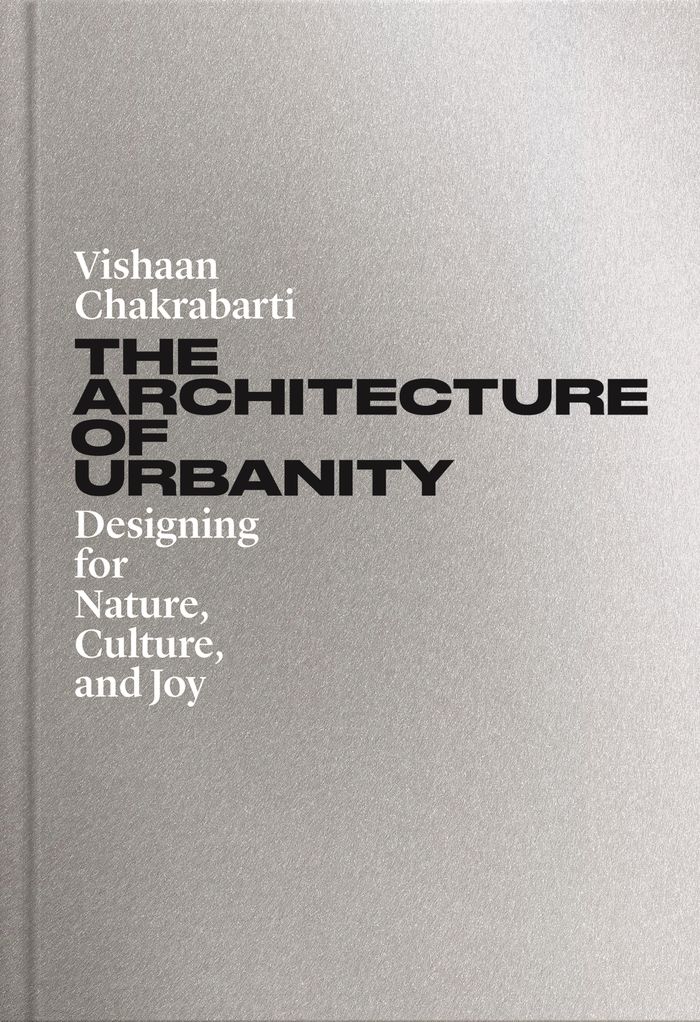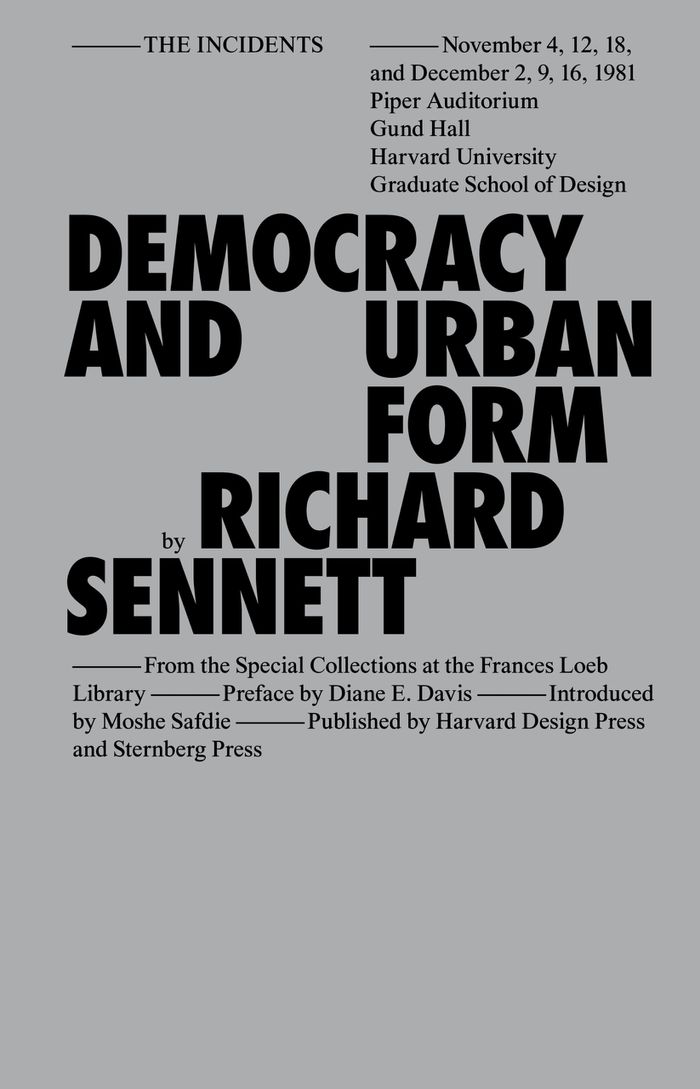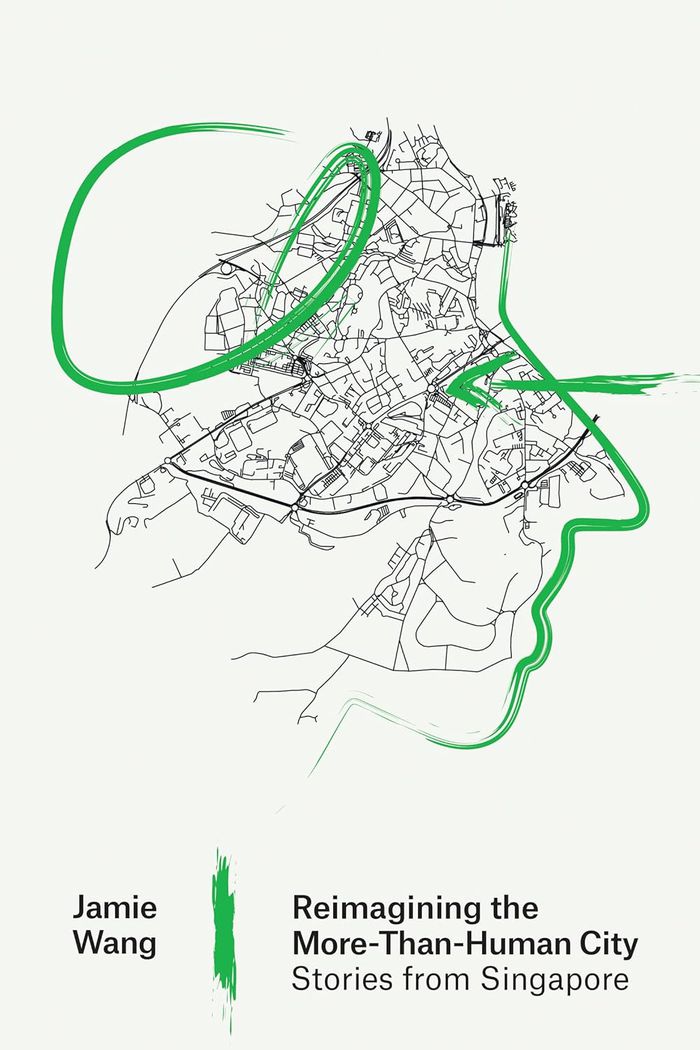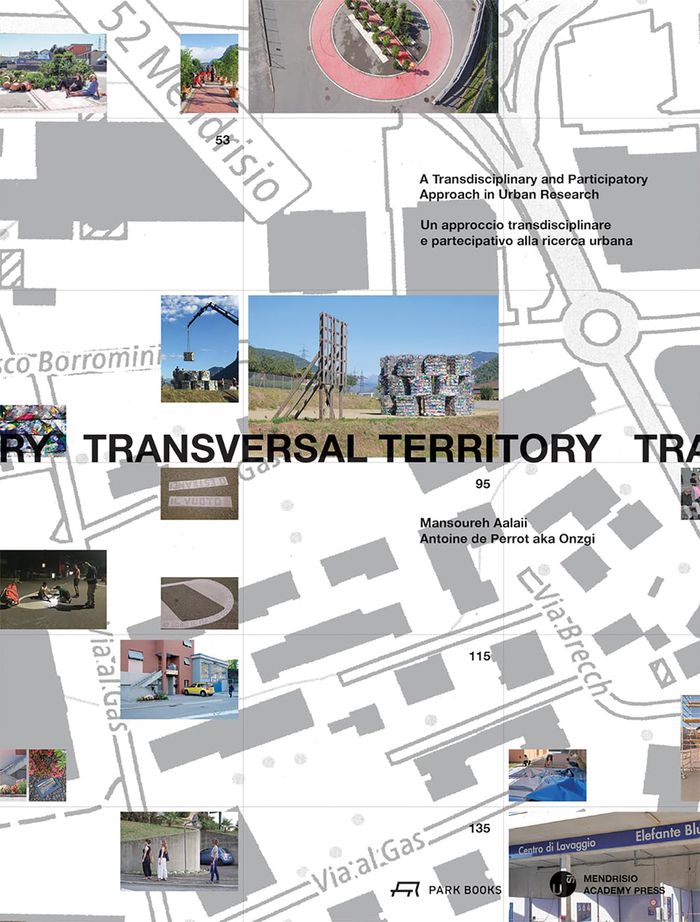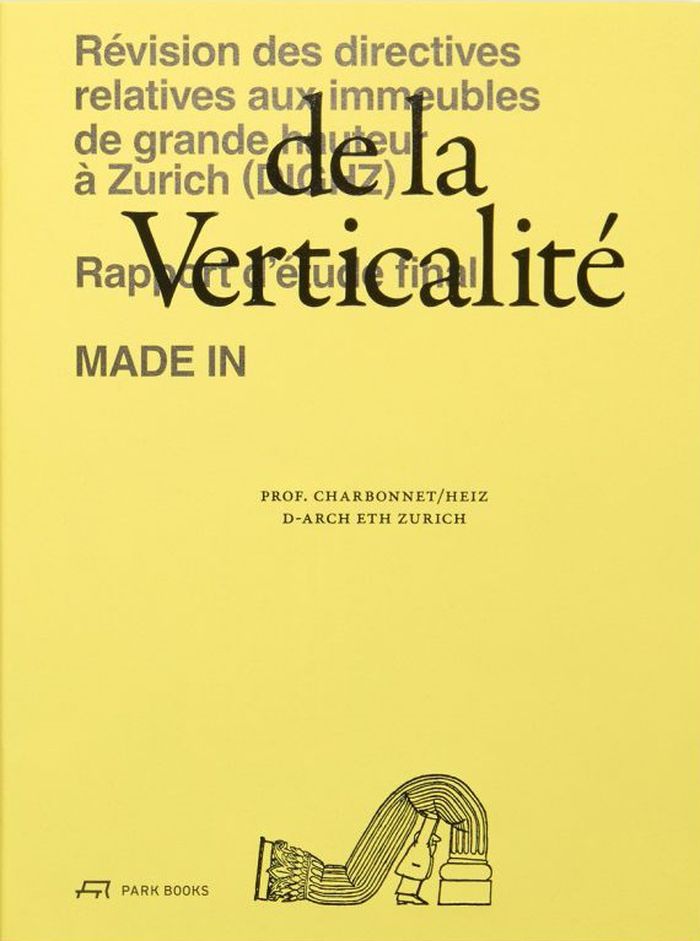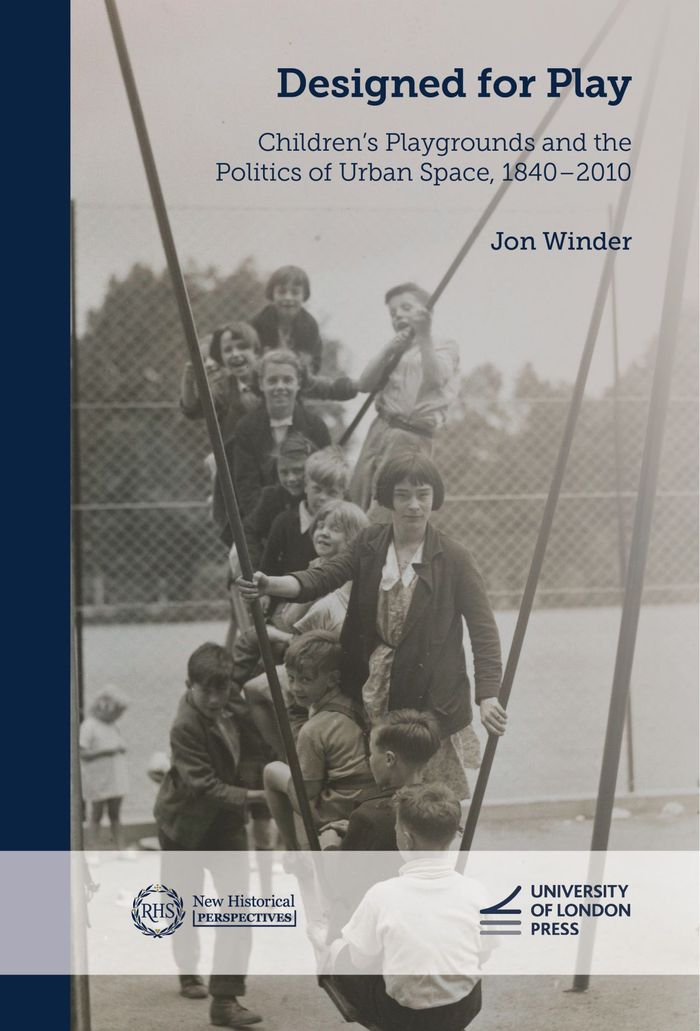$49.95
(available to order)
Summary:
Cet ouvrage replace les théories de l'urbanisme dans le contexte culturel, social, économique et politique de leur émergence. Il les met en perspective pour comprendre ce qui les unit ou les oppose. Les trois premières parties du livre montrent comment la diversité des expériences d'urbanisme, qu'ont connues les villes depuis le XVI° siècle, relèvent de trois modèles : -(...)
Histoire de l'urbanisme de la Renaissance à nos jours
Actions:
Price:
$49.95
(available to order)
Summary:
Cet ouvrage replace les théories de l'urbanisme dans le contexte culturel, social, économique et politique de leur émergence. Il les met en perspective pour comprendre ce qui les unit ou les oppose. Les trois premières parties du livre montrent comment la diversité des expériences d'urbanisme, qu'ont connues les villes depuis le XVI° siècle, relèvent de trois modèles : - le modèle de la ville régulière qui organise l'espace à partir de principes et règles de nature géométrique (formes simples, murs se coupant à angle droit, symétrie du plan des constructions, régularité des ouvertures, continuité des façades, rapport entre hauteur du bâti et largeur des voies) ; - le modèle de la ville organique qui naît d'une critique de l'urbanisme haussmannien et s'appuie sur la géographie et l'histoire pour construire une action urbanistique qui prenne en compte les diversités spatiales et sociales ; - le modèle de la ville moderne qui cherche à adapter les structures urbaines à un progrès technique et économique qui s'incarne dans la voiture et l'immeuble résidentiel. La dernière partie montre comment ces modèles doivent être revisités pour répondre aux défis contemporains de la durabilité, de la résilience et de la transition écologique. Ce livre constitue un outil au service des étudiants, des chercheurs et des professionnels en montrant comment théories de l'urbanisme et projets opérationnels interagissent pour penser les transformations de la ville et agir sur son devenir.
Urban Theory
$38.00
(available in store)
Summary:
De la commune d'Etterbeek à celle de Schaerbeek, de la place Royale au parc du Cinquantenaire, Nicholas Lewis nous guide lors d'une déambulation sensible dans les rues de Bruxelles afin d'examiner en profondeur le rapport qu'entretient la société belge à son histoire coloniale. La présence durable de noms de rues, de monuments, de bâtiments et d'institutions glorifiant(...)
Traces et tensions en terrain colonial : Bruxelles et la colonisation belge du Congo
Actions:
Price:
$38.00
(available in store)
Summary:
De la commune d'Etterbeek à celle de Schaerbeek, de la place Royale au parc du Cinquantenaire, Nicholas Lewis nous guide lors d'une déambulation sensible dans les rues de Bruxelles afin d'examiner en profondeur le rapport qu'entretient la société belge à son histoire coloniale. La présence durable de noms de rues, de monuments, de bâtiments et d'institutions glorifiant explicitement la colonisation du Congo constitue un point d'entrée pour regarder en face les déclinaisons de la négrophobie contemporaine. L'ouvrage formule ainsi une remise en question radicale des structures du pouvoir colonial et racial à travers une critique politique et esthétique de l'espace public bruxellois.
Urban Theory
Hippodamos de Milet
$44.95
(available in store)
Summary:
Penseur politique, proche collaborateur de Périclès, maître d’oeuvre du Pirée, Hippodamos de Milet (Ve siècle avant notre ère) est le plus célèbre architecte de l’Antiquité. Et pourtant, le plus méconnu. Pour tracer son portrait et étudier les implantations urbaines dont Hippodamos fut le concepteur, Emanuele Greco, éminent archéologue, a réuni l’ensemble des matériaux(...)
Hippodamos de Milet
Actions:
Price:
$44.95
(available in store)
Summary:
Penseur politique, proche collaborateur de Périclès, maître d’oeuvre du Pirée, Hippodamos de Milet (Ve siècle avant notre ère) est le plus célèbre architecte de l’Antiquité. Et pourtant, le plus méconnu. Pour tracer son portrait et étudier les implantations urbaines dont Hippodamos fut le concepteur, Emanuele Greco, éminent archéologue, a réuni l’ensemble des matériaux écrits dont nous disposons (l’intégralité des témoignages littéraires, dont celui, fondamental, d’Aristote) et mobilisé les plus récentes données archéologiques issues de ses propres fouilles.
Urban Theory
Cities made differently
$25.95
(available to order)
Summary:
What makes a city a city? Who says? Drafted over decades out of a dialogue between artist and author Nika Dubrovsky, the late anthropologist David Graeber, and Nika's then four-year-old son, this delightful and provocative book ''Cities Made Differently'' opens a space for invention and collaboration. Fusing anthropology, literature, play, and drawing, the book is(...)
Cities made differently
Actions:
Price:
$25.95
(available to order)
Summary:
What makes a city a city? Who says? Drafted over decades out of a dialogue between artist and author Nika Dubrovsky, the late anthropologist David Graeber, and Nika's then four-year-old son, this delightful and provocative book ''Cities Made Differently'' opens a space for invention and collaboration. Fusing anthropology, literature, play, and drawing, the book is essentially a visual essay that asks us to reconsider our ideas about cities and the people who inhabit them. Drawing us into a world of history and myth, science and imagination, Graeber and Dubrovsky invite us to rethink the worlds we inhabit—because we can, and nothing is too strange or too wonderful to be true.
Urban Theory
$50.00
(available to order)
Summary:
The world is facing unprecedented challenges, from climate change and population growth, to political division and technological dislocation, to declining mental health and fraying cultural fabric. With most of the planet’s population now living in urban environments, cities are the spaces where we have the greatest potential to confront and address these problems. In(...)
The Architecture of Urbanity: Designing for Nature, Culture, and Joy
Actions:
Price:
$50.00
(available to order)
Summary:
The world is facing unprecedented challenges, from climate change and population growth, to political division and technological dislocation, to declining mental health and fraying cultural fabric. With most of the planet’s population now living in urban environments, cities are the spaces where we have the greatest potential to confront and address these problems. In this visionary book, Vishaan Chakrabarti argues for an "architecture of urbanity," showing how the design of our communities can create a more equitable, sustainable, and joyous future for us all. Taking readers from the great cities of antiquity to the worldwide exurban sprawl of our postindustrial age, Chakrabarti examines architecture’s relationship to history’s greatest social, technological, and environmental dilemmas. He then presents a rich selection of work by a global array of practicing architects, demonstrating how innovative design can dramatically improve life in big cities and small settlements around the world, from campuses and refugee camps to mega-cities like São Paulo, Lima, Los Angeles, New York, Paris, and Tokyo.
Urban Theory
Democracy and urban form
$36.95
(available in store)
Summary:
"Never have the potential political consequences of architecture been greater, and never has the political sensibility of architecture been less." This was the state of the discipline that social theorist and urban thinker Richard Sennett declared when he addressed an audience at the Harvard University Graduate School of Design in 1981. Over a series of six lectures,(...)
Democracy and urban form
Actions:
Price:
$36.95
(available in store)
Summary:
"Never have the potential political consequences of architecture been greater, and never has the political sensibility of architecture been less." This was the state of the discipline that social theorist and urban thinker Richard Sennett declared when he addressed an audience at the Harvard University Graduate School of Design in 1981. Over a series of six lectures, Sennett presented discourse as the foundation of democracy, and posited that our cities are uniquely positioned to either empower or constrict this discourse—and that the difference could lie in architecture and urban design. Now, over 40 years later, as political polarization persists and its consequences arise in both new and familiar ways, "Democracy and urban form" revisits questions that remain relevant: If discourse is the foundation of democracy, how can the design of our cities empower and enable discourse?
Urban Theory
$54.00
(available to order)
Summary:
As climate change accelerates and urbanization intensifies, our need for more sustainable and livable cities has never been more urgent. Yet, the imaginary of a flourishing urban ecofuture is often driven by a specific version of sustainability that is tied to both high-tech futurism and persistent economic growth. What kinds of sustainable futures are we calling forth,(...)
Reimagining the more-than-human city: Stories from Singapore
Actions:
Price:
$54.00
(available to order)
Summary:
As climate change accelerates and urbanization intensifies, our need for more sustainable and livable cities has never been more urgent. Yet, the imaginary of a flourishing urban ecofuture is often driven by a specific version of sustainability that is tied to both high-tech futurism and persistent economic growth. What kinds of sustainable futures are we calling forth, and at what and whose expense? In "Reimagining the more-than-human city," Jamie Wang attempts to answer these questions by critically examining the sociocultural, political, ethical, and affective facets of human-environment dynamics in the urban nexus, with a geographic focus on Singapore.
Urban Theory
$55.00
(available to order)
Summary:
"Transversal Territory" is a laboratory of urban, environmental, and artistic experimentation at the renowned Academy of Architecture in Mendrisio, Switzerland. It undertakes transdisciplinary and participatory research on the relationship between us, our bodies, and our built and natural environments. Its unique approach is to explore experiences of—and reflections(...)
Transversal territory: A transdiciplinary and participatory approaches on urban research
Actions:
Price:
$55.00
(available to order)
Summary:
"Transversal Territory" is a laboratory of urban, environmental, and artistic experimentation at the renowned Academy of Architecture in Mendrisio, Switzerland. It undertakes transdisciplinary and participatory research on the relationship between us, our bodies, and our built and natural environments. Its unique approach is to explore experiences of—and reflections on—urban space through performative bodywork and on-site artistic installations. This process aims at transcending the conventional paradigms of perception and the understanding of urban space, and at creating a new imagination of it—an augmented reality.
Urban Theory
De la verticalité
$68.95
(available in store)
Summary:
Empruntant au pamphlet la forme et l'ambition, ce recueil confronte idées vagues et images claires pour exprimer une perspective critique sur les stratégies contemporaines en matière d'urbanisme et d'architecture. Sa structure discursive met en relation une étude de cas spécifique et une réflexion théorique : le rapport remis par MADE IN en réponse à l'étude comparative(...)
Urban Theory
December 2024
De la verticalité
Actions:
Price:
$68.95
(available in store)
Summary:
Empruntant au pamphlet la forme et l'ambition, ce recueil confronte idées vagues et images claires pour exprimer une perspective critique sur les stratégies contemporaines en matière d'urbanisme et d'architecture. Sa structure discursive met en relation une étude de cas spécifique et une réflexion théorique : le rapport remis par MADE IN en réponse à l'étude comparative mandatée par la Ville de Zurich et visant à la révision des lignes directrices réglant la construction des immeubles de grande hauteur (de mai 2019 à août 2020); un essai épistolaire traitant de la Verticalité au sens large, des analogies formelles aux projections mythopoétiques. Un double commentaire évocatoire qui met en exergue les enjeux inhérents à la mutation de la ville, par-delà le quantifiable et le raisonnable.
Urban Theory
$79.95
(available in store)
Summary:
This book is an original and accessible history of the modern playground in Britain and beyond, charting its journey from marginal obscurity to popular ubiquity. Tracing the playground’s history from the mid-nineteenth century to 2010, ''Designed for Play'' demonstrates how a diverse set of actors across the philanthropic, voluntary, state, and commercial sectors all(...)
Designed for play: Children's playgrounds and the politics of urban space. 1840-2010.
Actions:
Price:
$79.95
(available in store)
Summary:
This book is an original and accessible history of the modern playground in Britain and beyond, charting its journey from marginal obscurity to popular ubiquity. Tracing the playground’s history from the mid-nineteenth century to 2010, ''Designed for Play'' demonstrates how a diverse set of actors across the philanthropic, voluntary, state, and commercial sectors all sought to reimagine and reshape the urban landscape to improve childhood outcomes.
Urban Theory
